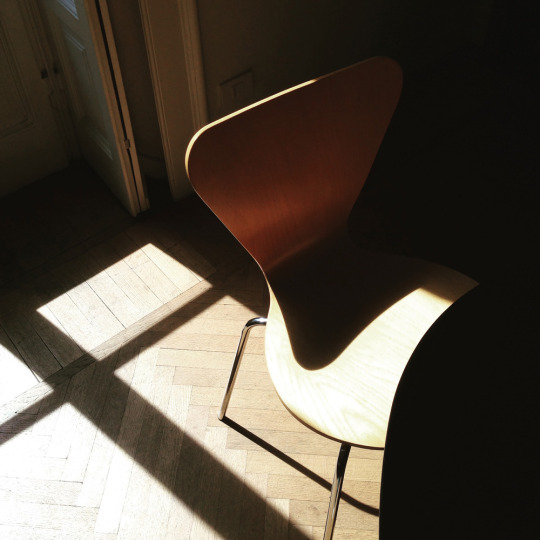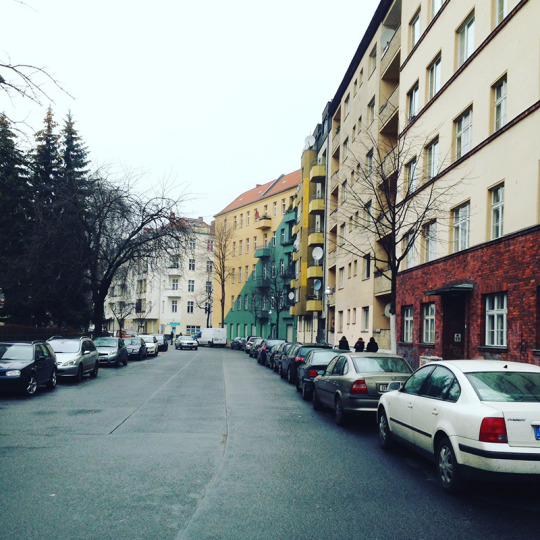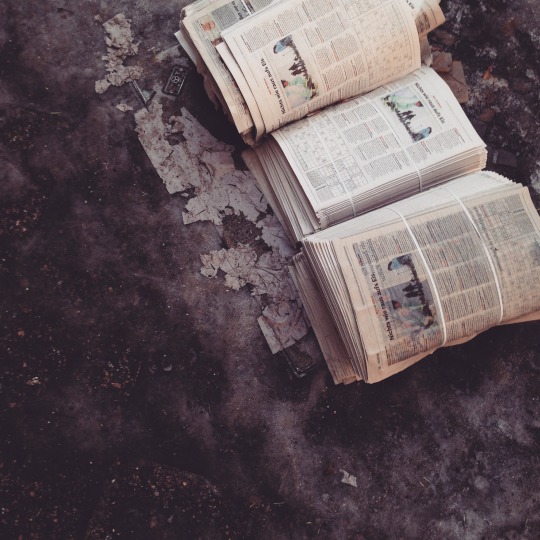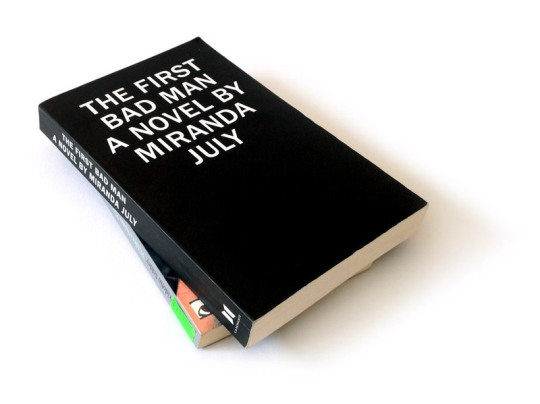May: Designers, Friends, and Amateurs
Or: This month basically was as gloomy as a song by The National.

There is one tag line by Frank Chimero, which I often use as a personal excuse for everything that goes wrong in my life. “Professional Designer, Amateur Human”. This works perfectly for the past month: May.
It’s the moment in which I am sitting on the concrete stairs in front of Berlin’s “Haus der Kulturen der Welt”, a beautiful location right inside the city’s biggest park. The annual TYPO design conference takes place there. And while the conference was a huge success — we as the editorial team wrote over 70 blog posts for all the talks — I am sitting there, on the stairs, under me the silver reflections of the shallow water, and for a brief moment I have the feeling that I am loosing control of my life. It slips away. The moment is short but crisp and clear, and after it, everything seemed different. So I call my friend Eva.
She visited later that month, and as I wrote about how important it is to acknowledge the awesomeness of people who surround us: Eva really is awesome. Talking to her for ten minutes makes me motivated for life, it makes me curious and courageous, and everything seems doable and acceptable. Even if the whole conversation spins around a problem where we both don’t know the solution for: It makes me feel less like an amateur. Thanks for that.
Three other great people are Roman, Sebastian and Beate, who’s documentary about young philosophers was screened for the first time in Berlin last month. I lived with Roman when they started editing the material back in 2014 (!), so I knew bits and pieces. But the final movie turned out really wonderful. It makes the process of thinking visible, and manages to not be boring for a single second. The audience at the screening were mostly philosophy and cultural science students, and I learned: philosophy students ask a lot of questions. One of them wanted to know about the initial motivation to make the movie. I loved Sebastian’s reply: “I asked myself: Which movie do I have to make, that everyone else would simply fuck up?”
This was a key moment for me. A moment about relevance in creative work. A key to making purposeful things. There is so much design in this world that is useless, and so many valuable ideas that are so badly designed. Maybe because of all the amateurs. Sorry, this newsletter was messy, but so was May. Hopefully June will be better.




